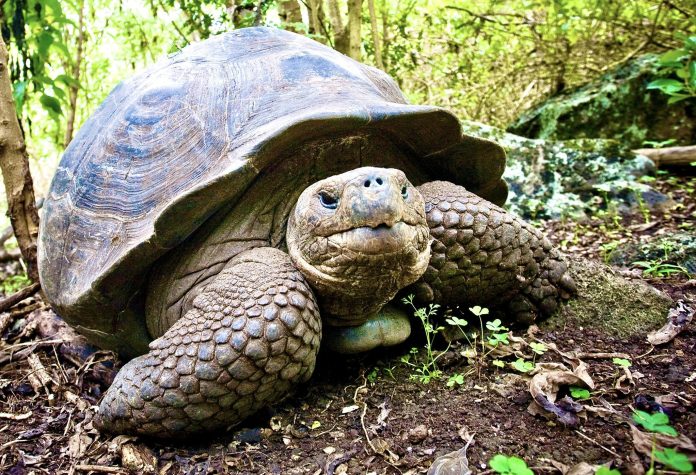
Four Endangered Giant Tortoises In The Galápagos Islands Have Been Killed; Ecuadorian Authorities Are Searching For Suspects
By Lauren Lewis
You can help all animals and our planet by choosing compassion on your plate and in your glass. #GoVeg
RELATED ARTICLES
Amazon Faces Growing Backlash Over Selling Cruel Donkey-Hide Gelatin Products
Animal welfare advocates representing millions of people around the world gathered at Amazon HQ2 to hand-deliver over 370,000 petition signatures demanding that Amazon ban...
Man Charged With A Felony For Leaving His Dog Tied To A Fence During Hurricane Milton
A 23-year-old man has been charged with aggravated animal cruelty, a third-degree felony, after footage of his abandoned dog went viral just before Hurricane...
Colorado Officials Call Off Search For Wolf Pup Left Behind After Copper Creek Pack Was Captured
A picture of the suspected fifth wolf pup of the Copper Creek pack. Photo by: Colorado Parks and Wildlife
Conservationists and wildlife advocates are outraged...
Popular stories
News
Victory! New Zealand’s Ban On Live Animal Export Finally Goes Into Effect On April 30th Saving Millions Of Lives
A critical bill in New Zealand that was passed in 2021 to ban the live export of animals overseas will go into effect on April 30th....
News
The U.S. Fish & Wildlife Service Releases Nine Critically Endangered Red Wolves Into The Wild In North Carolina
The recent release of nine highly endangered red wolves into the wild is the first of many steps by the U.S. Fish and Wildlife...
Breaking News
New Illinois Bill Could End Cruel Mink Farming By January 1st, 2025
The Animal Welfare Institute (AWI) commends yesterday’s filing of the Mink Facility Disease Prevention Act, which would end mink farming in Illinois and protect...


